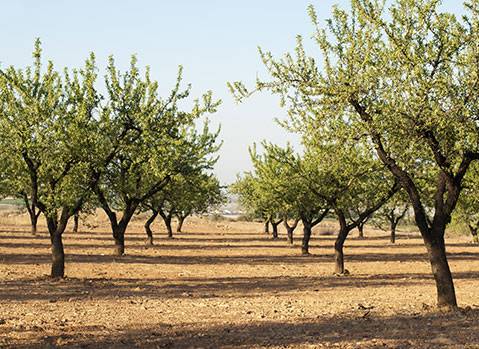High K
The Need for Potassium
Having adequate potassium (K) is critically important for a successful almond crop because its impact includes:
- Improving the tree’s water use from roots to shoots through regulation of photosynthesis and transpiration
- Promoting nutrient uptake, early growth, root growth, increased kernel/fruit size and overall plant health
- Improving stomata function through cell turgor, reducing water loss and wilting
- Helping decrease the degree of crop damage from disease and pest pressures
In almonds, there is a high depletion rate of potassium (K) from the soil. Almond trees can remove as much as 55 lbs. of potassium from the soil per 1,000 lbs. of nuts produced1.
Potassium needs to be replenished to optimize tree health and help ensure consistent almond yields year after year.
Skipping a potash application in the fall can deprive almond trees of vital nutrients they need for strong growth and development throughout the spring. Once they're below adequate levels of potassium, it can take those trees years to rebuild proper leaf K concentrations to optimal balance.
Worse yet, attempting to compensate with heavy application of some other potassium sources in the spring can lead to leaf damage and even potential yield loss. That's especially true if you apply fertilizers high in salt or chloride.





